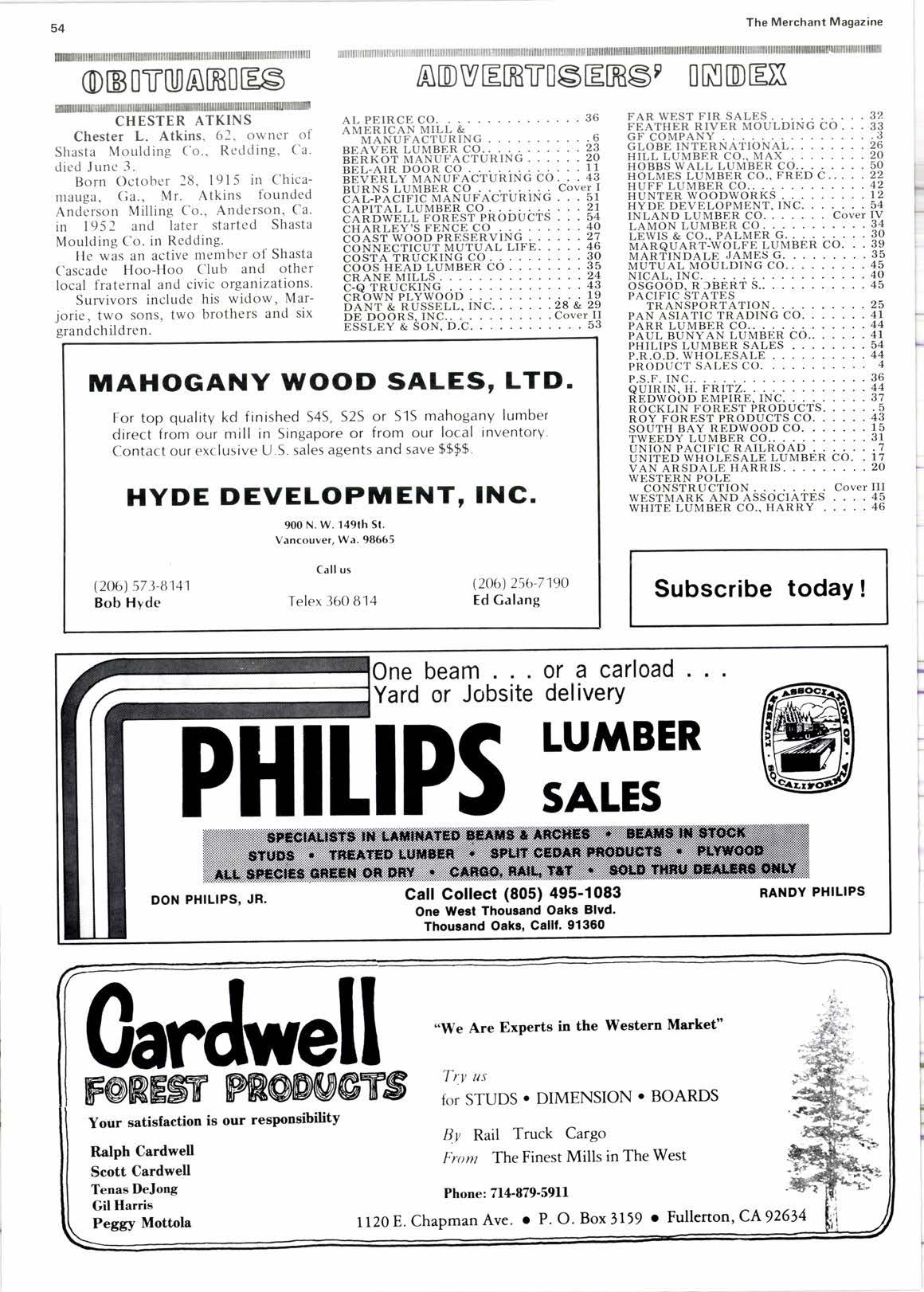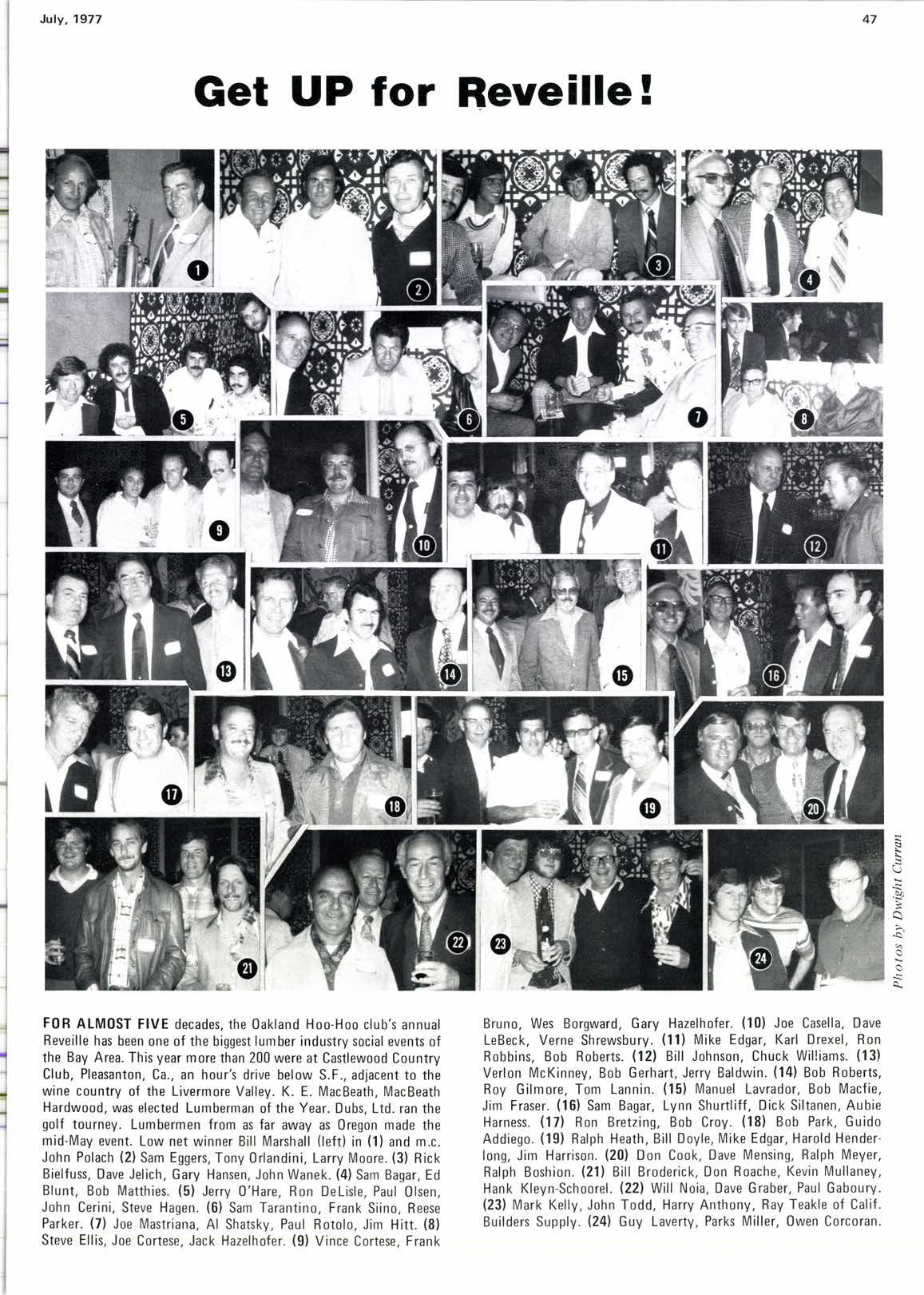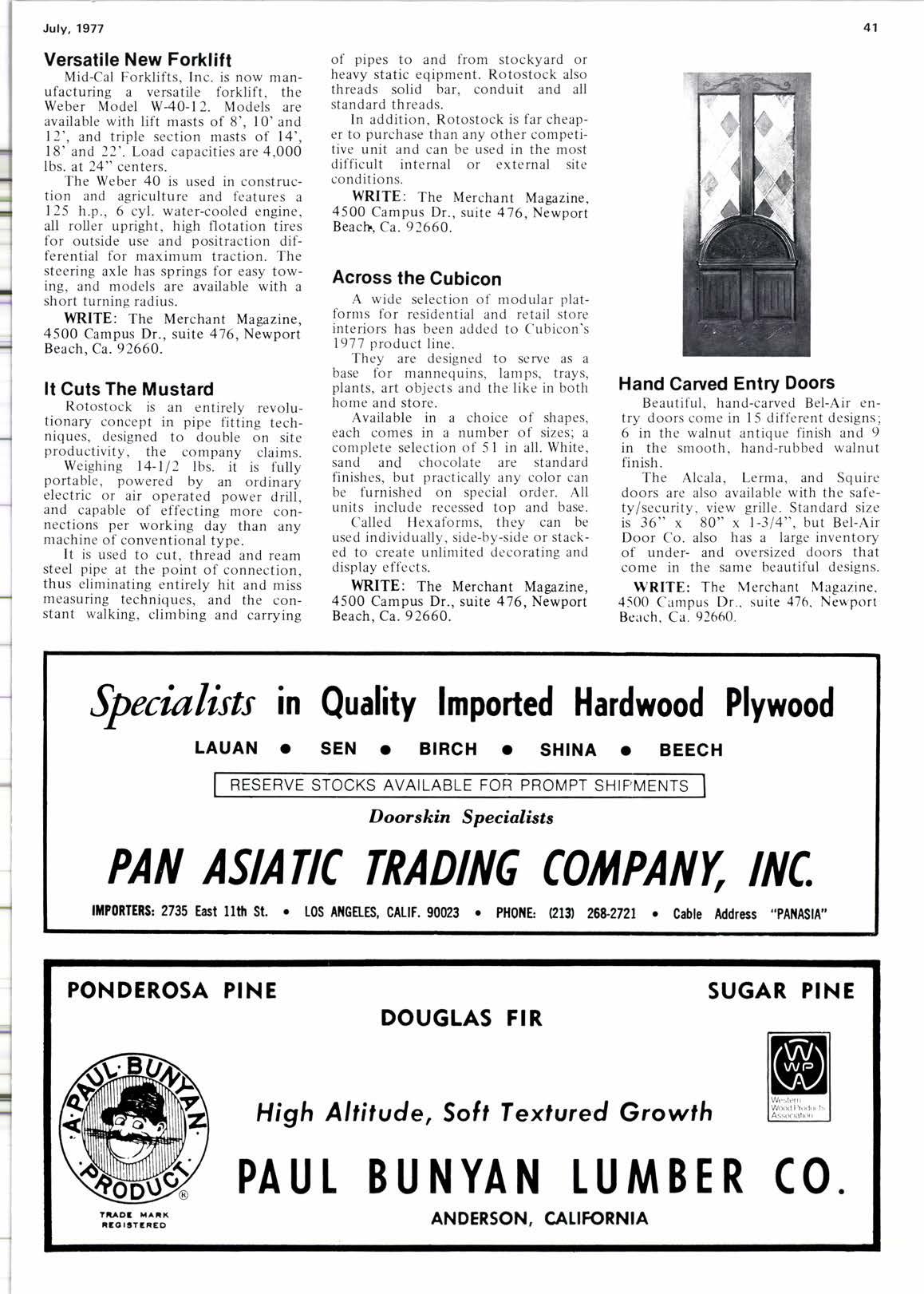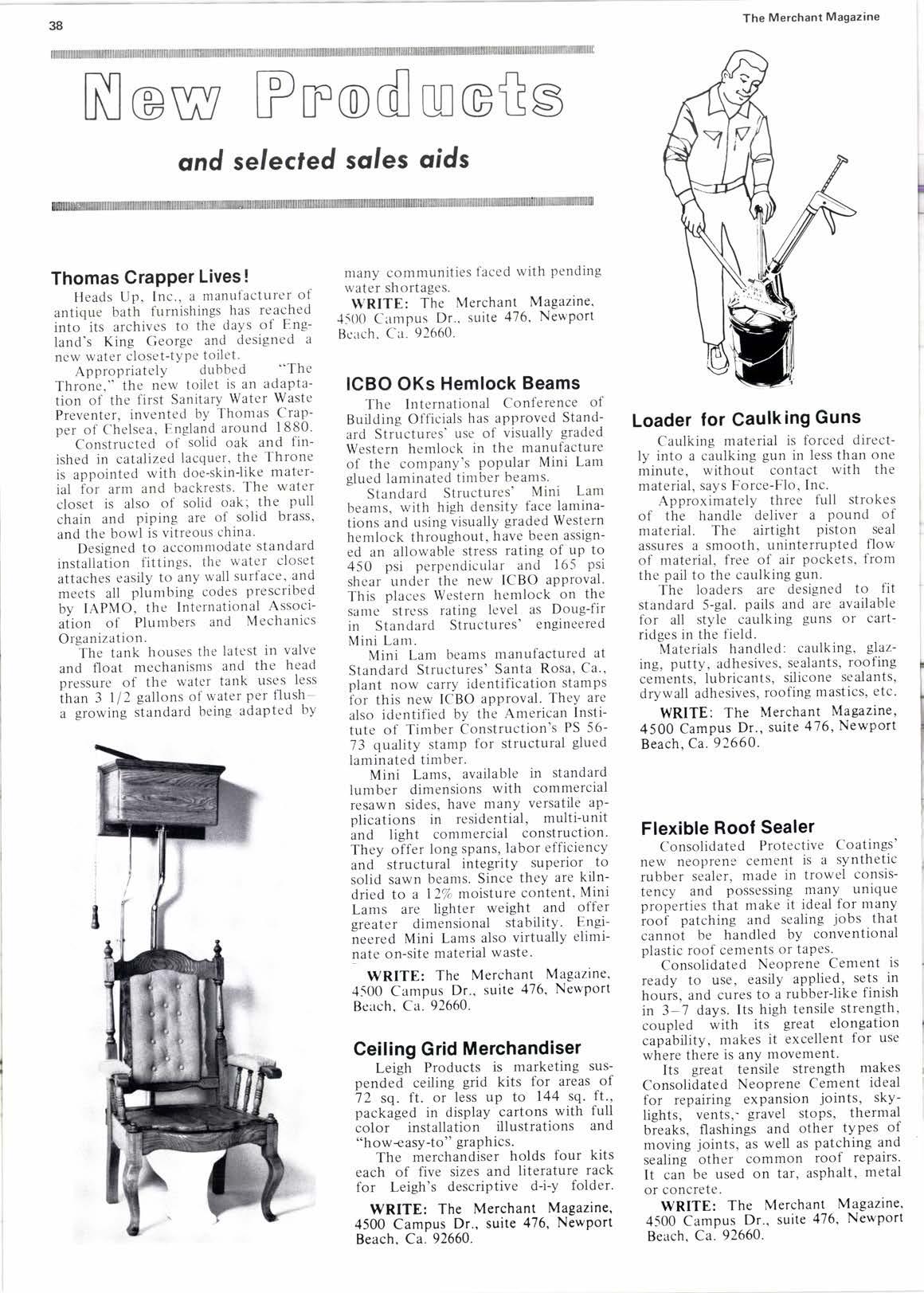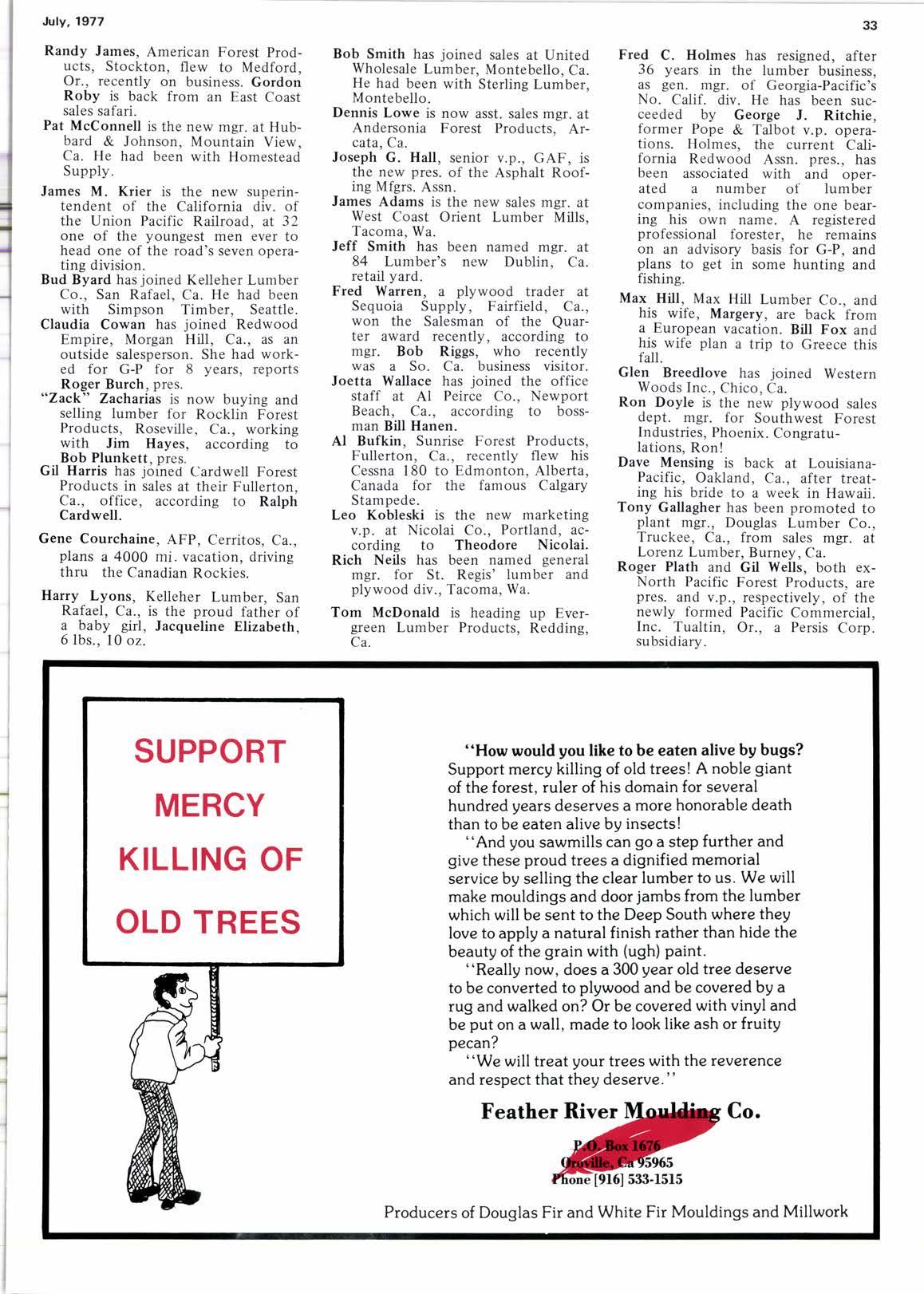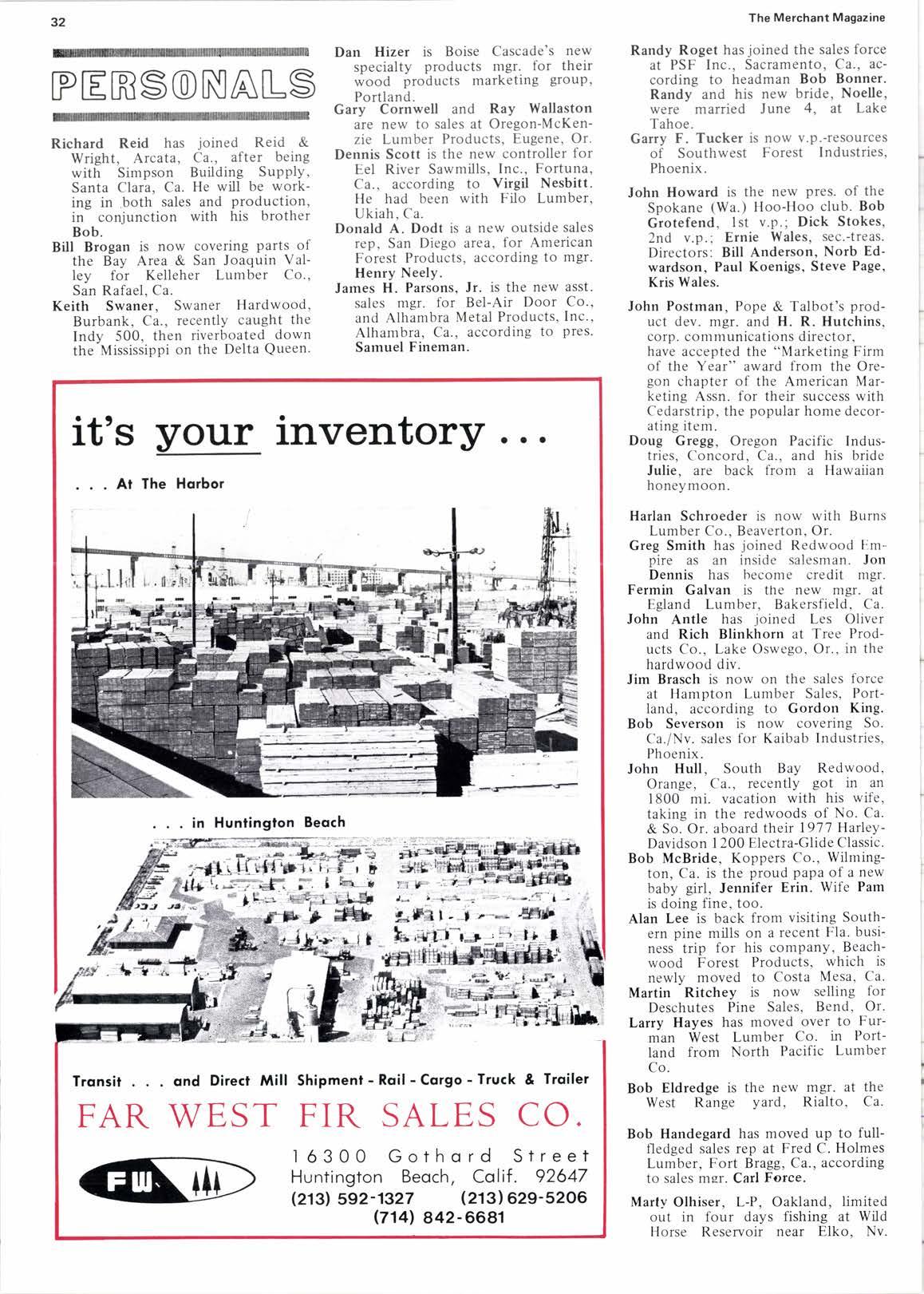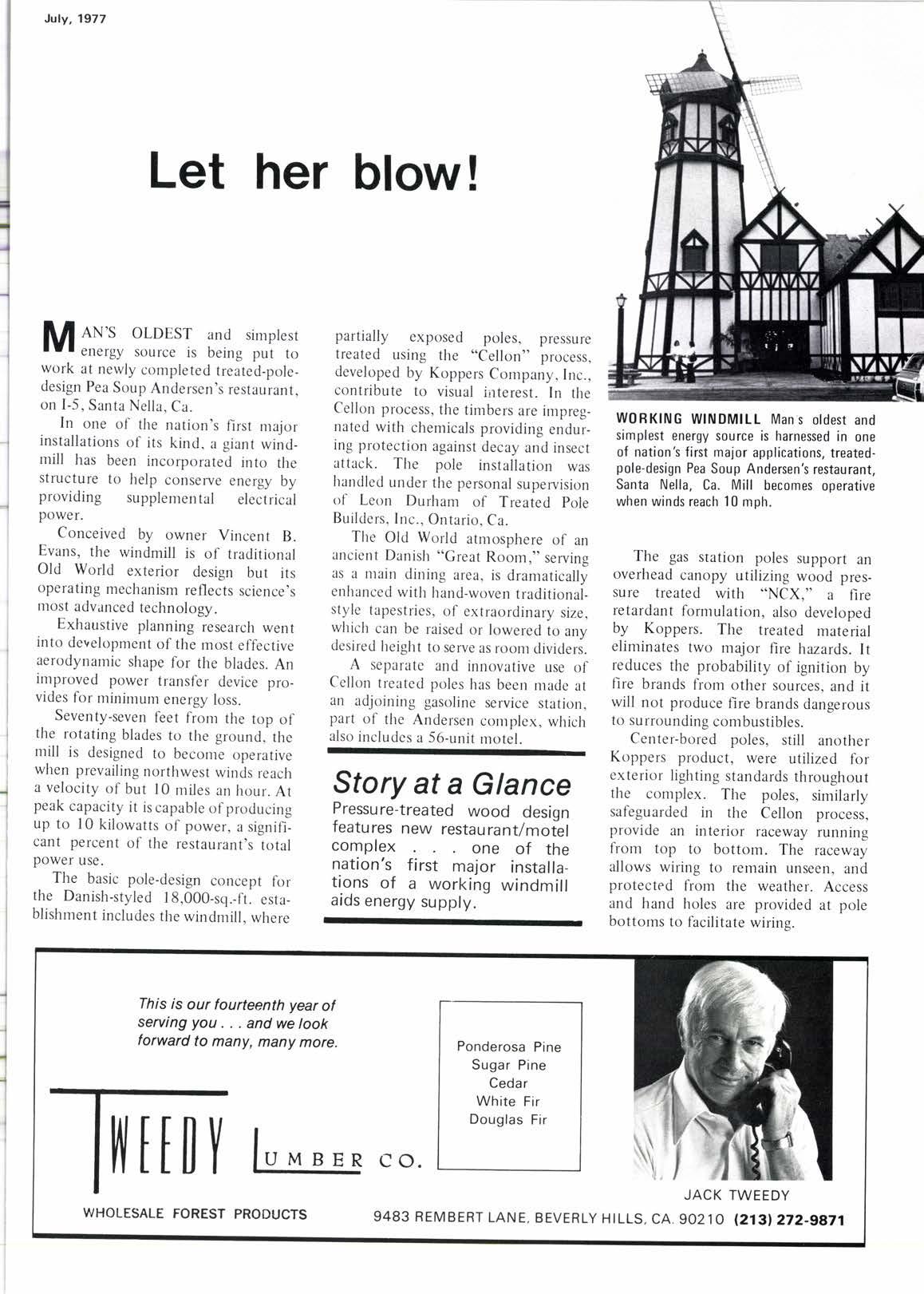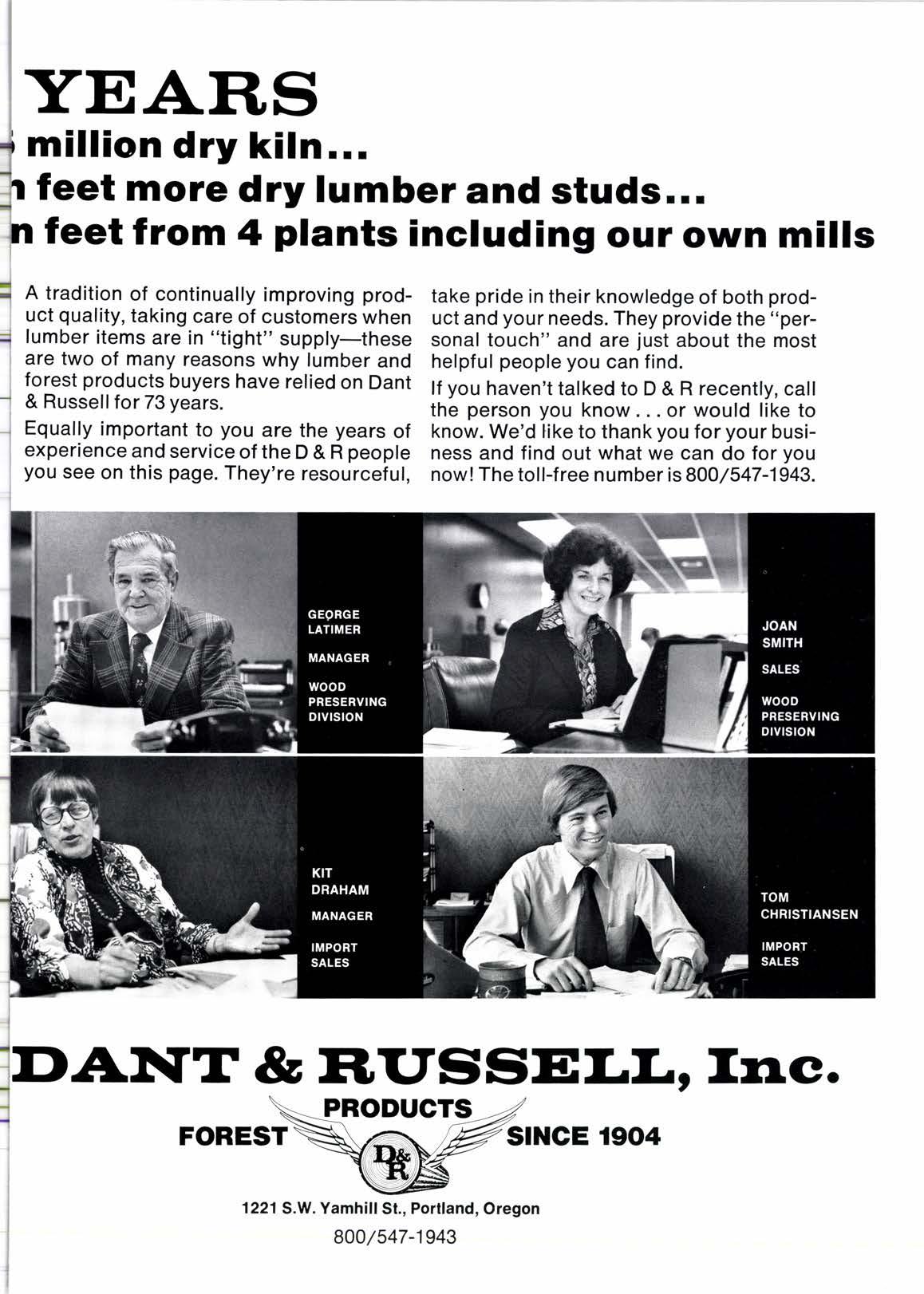
4 minute read
Railroad bets a billion
NTICIPATING increased demands for its services and foreseeing a need for greater operating erlrclency, Union Pacific Railroad, in !h9 fast six years, has spent nearly a billion dollars on new locomotives. freight cars, intermodal facilities, re- pair centers, and computer and communication networks.
These are things that will enhance this efficiency in producing reliable and economical transportation. Such transportation is a key to the growth ol- the regions this railroad serves. sav those holding the UP purse strings and they realize that growth is mutually beneficial to the communitv and the company.
Story at a Glance
Spending almost one billion on improvements since 1971, UP will soon have the youngest fleet of freight cars in the U.S. . $20 million autoIalgq yard in Oregon opens in '78 . computerized iraffic control increases.
Tomorrow looks good to Up's leaders for the ".onotiy in the Wesi is growing faster than the national average. To pace that growth Up has ok'd capital expenditures of $217 million this year, highest in the railroad's history.
Among big-ticket items on Up's shopping list are 90 new locomotives and 3,079 new freight cars to give the road the youngest fleet in the country.
Of particular interest to the lumber industry are 75 cars added to the roster this spring. These are 60' 8-112",light tare, center beam bulkhead flatcars. Their high volume feature, when combined with open end incentive rates, yields lower effective rates. They also accord savings because they're faster loading and unloading and eliminate the need for additional banding.
Largest current engineering project is construction of a $20 million automated classification vard at H inkle. Or., and related centralized traffic control systems.
, Slated for startup early next year, the new yard will have 32 tiacks capable of handling nearly 1,200 cars with space for 38 more tracks. This will become a strategically located classification yard at the very hub of the fast-growing Northwestern district originating or terminating traffic that accounts for 4O7o of the road's revenues.
As the principal marshalling point tor much of the lumber traffic moving out of Washington, Oregon and Idahol the new yard will help speed those commodities to Utah, southern Ne_ vada and California.
The 66-mile centralized traffic con_ trol installation related to the Hinkle yard project will see double track or CTC single track all the way from Omaha, Nebraska, to portland, Ctregon.
Centralized traffic control is- an electronic , switching and signaling system which increases sinele-line capacity by 807o and permiti trains to operate in either direction on each of the double tracks to improve scheduling and control of train movements.
When this and other CTC projects now underway are complete, Up will hav-e 2,200 miles of single track and 500 miles of double tra-ks operating with this system.
_ UP also is broadening and diversi- fying the scope of its computer net- ygrk tg maximize operational flexi- Durty, lmprove car utilization and speed up its billing procedures.
At a number of its key terminals, UP's mini-computers soon will b6 keeping track of every car received ln...order to expedite car handling within and train handling throug[ the terminals.
The road has linked up electronica_lly on a computer-to<omputer basis with the Association of American Railroads' TRAIN II system. The connection furnishes a current pic- ture of the dispersion of rail equip- ment countrywide. AAR thus can keep close track of the overall dis- tribution of critical equipment in times of high demand.
UP has expanded its own computer system - COIN - to improve handling
MUCH of Un be processed $20 million struction at H of empty freight cars, monitoring their movement from the momenl they come on line until thev leave. Thus informcd. manage."nt can change the direction or movement of empties to improve their utilization and even to reject unneeded cars from other carriers before they would come on line.
TFion Pacific's lumber traffic will through a strategically located classification yard under coninkle,0regon.
All these improvements to plant, state-of-the-art equipment and exciting aids position Union Pacific to realize its goal of the most competitive transportatron system in the nation.
OUICK loading, high capacity are features of Union Pacific's new center beam lumber can. Car-mounted cables eliminate need for extra banding.
The following is an excerpt of a statemcni by James G. Manning, director' transpolrtation services of the lUestern Wood Products Association, Portland, at a recent rate change hearing in Portland before the Traffic Executive AssociationlEastern Railroads and the executive committee of the TransContinental Freight Bureau. - ed.
HIS statement is on behalf of the Western Wood Products Asiociation and the California Redwood Association. The Position of these two groups is for all practiq4 DurDoses identical concerning TCFB boiL.t 1555 - Eastern Railroad's proposal, Lumber and Lumber Products, Eastbound.
These two segments of the Western forest products industry have a^ substantial interest in the cost oI rail freieht service to the Northeast' Wes-tern lumbermen \n l9'76 shipped the equivalent of over 50,000 carloads of lumber to the Official Territory. This is based on an average of 45.0-00 board feet per car for all car sizes. Due to the distance involved ' Western lumber participation in the Northeast market has always rested heavily on transpofiation cost considerations.
TCFB Docket D-I5 5 5 Proposes to eliminate the blanket rate and introduce open-end incentive rates to Official Teiritory. This proposal, if adopted, will greatly reduce Western lumber iraffic volume to the Northeast. adversely affecting both the railroad industry and Western Iumber industry. WWPA and CRA' therefore, oPPose D-I555 for the following reasons.
The blanket rate was imPlemented bv the railroads in 1935. It was the first attempt by the rail carriers to capture lumber traffic moving bY iniercoastal water carriers which eniered the West coast lumber trade after the Panama Canal oPened -in iSt+. firit effort on the part of the railroads proved highly successful and the railroads captured a substantial portion of the traffic'
' On the surface, the demise of U'S' intercoastal water traffic would seem

